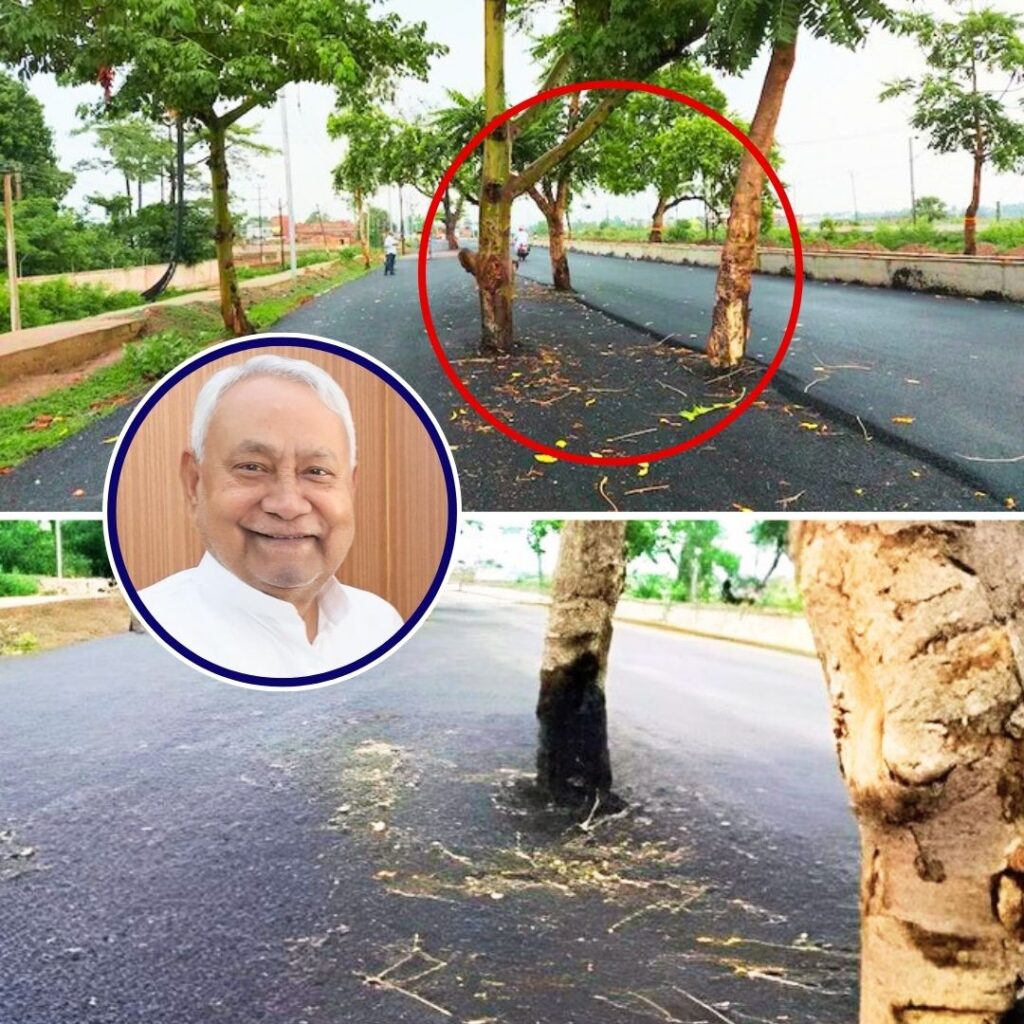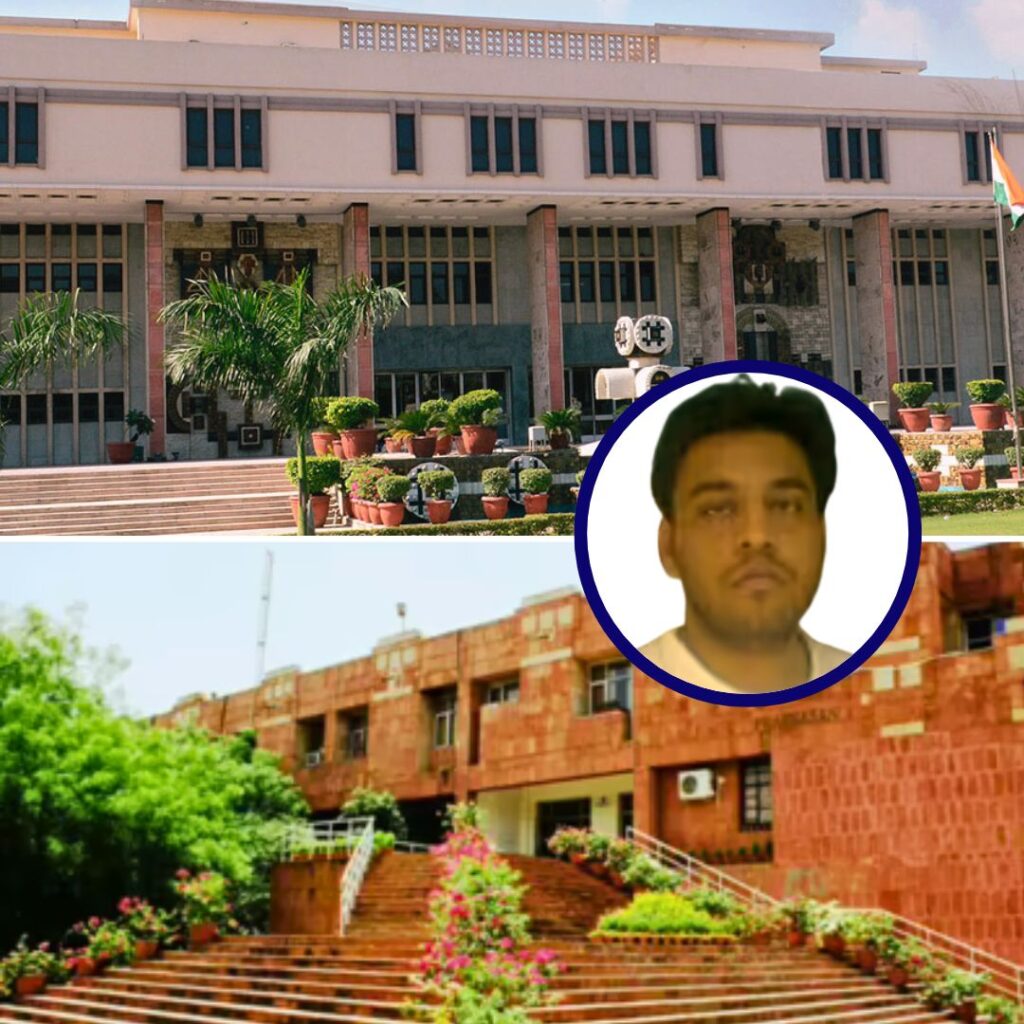A recent report released at the World Economic Forum (WEF), puts India’s green ranking among the bottom five nations in the list of 180 countries. As per the latest global Environmental Performance Index (EPI), India stands in the 177th position in green ranking this year, compared to its 141st position two years ago. The report was prepared by Yale and Columbia Universities in association with WEF.
“Low scores on the EPI are indicative of the need for national sustainability efforts on a number of fronts, especially cleaning up air quality, protecting biodiversity and reducing GHG (greenhouse gas) emissions,” said the report.
The report found that poor air quality is one of the most significant threats globally. It also said there was an improvement in the health sector concerning the quality of drinking water, sanitation, and protection of the marine ecosystem. “The 2018 EPI confirms that success with regard to sustainable development requires both economic progress that generates the resources to invest in environmental infrastructure and careful management of industrialisation and urbanisation that can lead to pollution that threatens both public health and ecosystems,” the report said.
Switzerland tops the list with France and Denmark bagging the second and third position respectively. China stands in the 120th place and the US ranked 27th. The EPI ranks 180 countries on the basis of 24 performance indicators.”India and Bangladesh come in near the bottom of the rankings, with Burundi, the Democratic Republic of the Congo and Nepal rounding out the bottom five,” said the report.
India’s Ujjwala Yojana aiming to give free LPG connections to women from below poverty line got a special mention in the report. The report said that the initiative has the power to create a positive impact on the lives of these women.
The Environmental Performance Index (EPI)
The Environmental Performance Index (EPI) ranks 180 countries regarding environmental, health, and ecosystem vitality. Environmental and health measures consider the security of human health from environmental harm. Ecosystem vitality considers the protection of ecosystem and resource management. These steps are divided into nine sections including air quality, forests, fisheries, and climate and energy.











